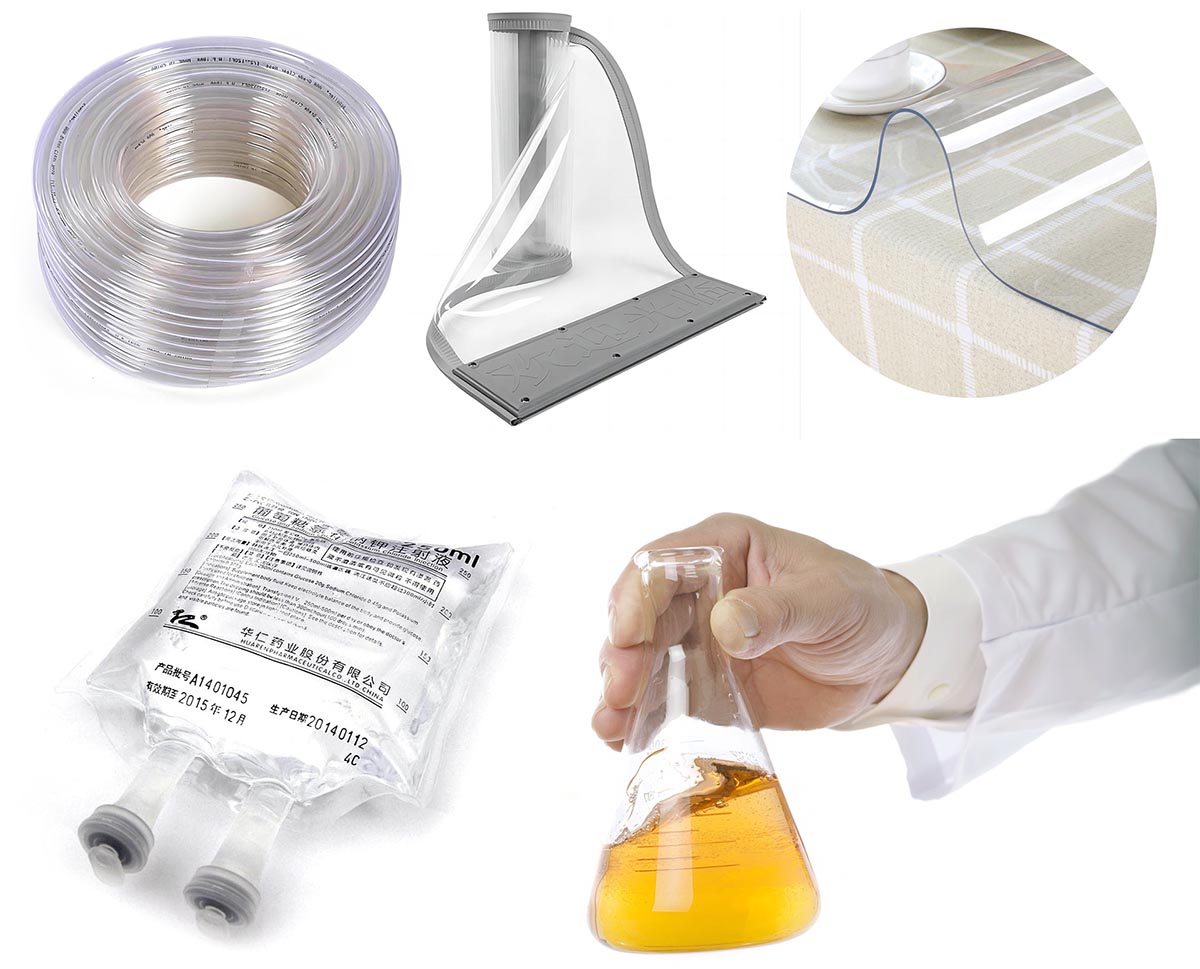This paper explores how heat stabilizers affect PVC products, focusing on heat resistance, processability, and transparency. By analyzing literature and experimental data, we examine interactions between stabilizers and PVC resin, and how they shape thermal stability, manufacturing ease, and optical properties.
1. Introduction
PVC is a widely used thermoplastic, but its thermal instability limits processing. Heat stabilizers mitigate degradation at high temps and also impact processability and transparency—critical for applications like packaging and architectural films.
2. Heat Resistance of Stabilizers in PVC
2.1 Stabilization Mechanisms
Different stabilizers (lead – based, calcium – zinc, organotin) use distinct methods:
Lead – based: React with labile Cl atoms in PVC chains to form stable complexes, preventing degradation.
Calcium – zinc: Combine acid – binding and radical – scavenging.
Organotin (methyl/butyl tin): Coordinate with polymer chains to inhibit dehydrochlorination, efficiently suppressing degradation.
2.2 Evaluating Thermal Stability
Thermogravimetric analysis (TGA) tests show organotin – stabilized PVC has higher onset degradation temps than traditional calcium – zinc systems. While lead – based stabilizers offer long – term stability in some processes, environmental/health concerns restrict use.
3. Processability Effects
3.1 Melt Flow & Viscosity
Stabilizers alter PVC’s melt behavior:
Calcium – zinc: May increase melt viscosity, hindering extrusion/injection molding.
Organotin: Reduce viscosity for smoother, lower – temp processing—ideal for high – speed lines.
Lead – based: Moderate melt flow but narrow processing windows due to plate – out risks.
3.2 Lubrication & Mold Release
Some stabilizers act as lubricants:
Calcium – zinc formulations often include internal lubricants to improve mold release in injection molding.
Organotin stabilizers boost PVC – additive compatibility, indirectly aiding processability.
4. Impact on Transparency
4.1 Interaction with PVC Structure
Transparency depends on stabilizer dispersion in PVC:
Well – dispersed, small – particle calcium – zinc stabilizers minimize light scattering, preserving clarity.
Organotin stabilizers integrate into PVC chains, reducing optical distortions.
Lead – based stabilizers (large, unevenly distributed particles) cause heavy light scattering, lowering transparency.
4.2 Stabilizer Types & Transparency
Comparative studies show:
Organotin – stabilized PVC films reach > 90% light transmittance.
Calcium – zinc stabilizers yield ~ 85–88% transmittance.
Lead – based stabilizers perform worse.
Defects like “fish eyes” (tied to stabilizer quality/dispersion) also reduce clarity—high – quality stabilizers minimize these issues.
5. Conclusion
Heat stabilizers are vital for PVC processing, shaping heat resistance, processability, and transparency:
Lead – based: Offer stability but face environmental backlash.
Calcium – zinc: Eco – friendlier but need improvements in processability/transparency.
Organotin: Excel across all aspects but face cost/regulatory hurdles in some regions.
Future research should develop stabilizers balancing sustainability, processing efficiency, and optical quality to meet industry demands.
Post time: Jun-23-2025


